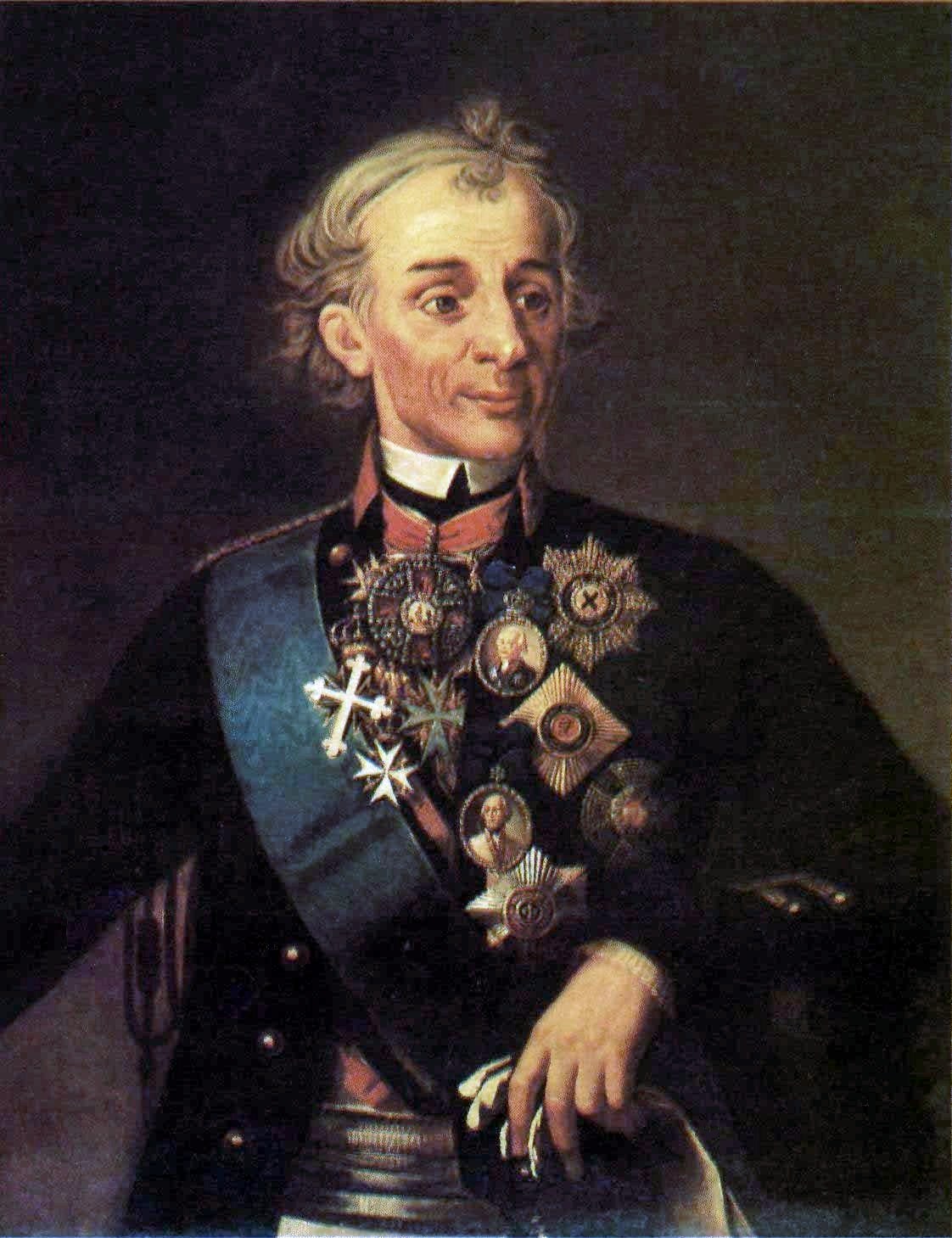Hillary Clinton Tries To Take Advantage of Her Russian Counterpart
On Thursday, Sergey Lavrov, head of Russian Ministry of Foreign Affairs, conducted a joint news conference with Hillary Clinton, US Secretary of State, in Moscow. They both listened to a report regarding the Strategic Arms Reduction Treaty.
 |  |
 |  | | U.S. Secretary of State Hillary Rodham Clinton, left, speaks as Russian Foreign Minister Sergey Lavrov looks on during their news conference after the talks in Moscow (AP photo) | |
 |  |
 |
|
 |  |
 |
|
 |  |
According to news agencies, Lavrov reminded journalists that in February and March of this year Dmitry Medvedev and Barack Obama talked on the phone about the issue. The Minister stressed that Russia and the US should stick to the agreements reached by the Presidents during their February conversation, and in particular, the conversation they had on March 13.
Russian Foreign Minister said that "We are at the end of the final straight and we hope that very soon the negotiators will announce that their work has been completed."
He added that it would take some time, but only because of technicalities. He said that he saw no signs that something was wrong.
Pavel Zolotarev, deputy director of the Institute for the USA and Canada:
“I believe that there have not been any critical issues that would not allow signing of the agreement since December of 2009. Disagreements we have now are mostly caused by certain stubbornness of both parties who want to demonstrate the strength of their position. Maybe, in many ways for the American party it has to do with upcoming ratification of the agreement in the US Parliament.
"As for the Russian Parliament, I think there will be no problems, despite the statements of Boris Gryzlov, if the Russian President signs the agreement.
"As for the disagreement… The American party suggests leaving the article in the agreement regarding the exchange of telemetry data during missile testing. Russia has the reason to say “well, it is not the cold war any more, why do we need these detailed characteristics?” If you want to keep out rockets at gunpoint and need to know these parameters, then let’s be frank, we will consider that we are correct in our concerns and your missile defense systems are aimed at Russian rockets. We can find a compromise here as well.
"If Americans insist, it has to go both ways. On the one hand, Americans receive our telemetry data about our missiles being tested, but then they have to provide us with their telemetry data about their new missiles that will replace the current ones.
"I do not understand the jousting. If the missile defense system will be further developed, threatening Russia, it will be the last agreement. It is obvious to everybody.
"Now we have the last, very significant stage ahead of us, and it is very important both for the US and Russia. This is the conference regarding Strategic Arms Reduction Treaty. The main threat is not in the nuclear weapons of the US and Russia, it is in proliferation of nuclear weapons.”
Komsomolskaya Pravda


























